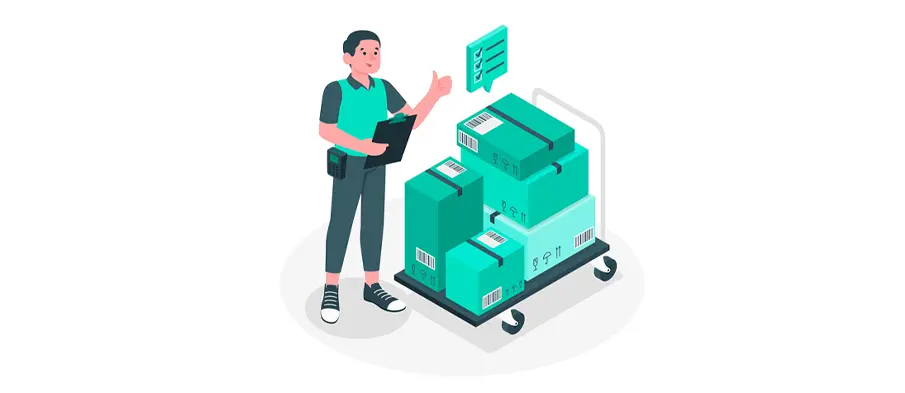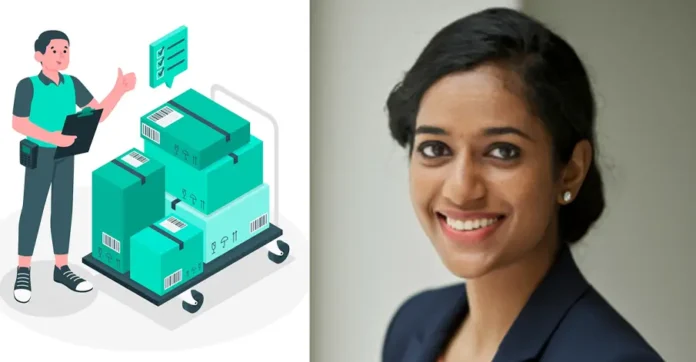
Suppose you’re running an eCommerce business in 2025. In that case, you already know that fulfillment is no longer just a backend operation, it’s a make-or-break factor in shaping customer experience and brand loyalty.
It’s not just about offering a great product anymore. How quickly and smoothly you deliver that product plays a massive role in how customers view your brand. In fact, a global survey by Ipsos revealed that 85% of customers say their delivery experience determines whether they’ll shop with the same brand again. Similarly, a report by Exploding Topics shows that 76% of online shoppers prioritize fast shipping over anything else when choosing where to buy from.
That’s a strong message: Just one late delivery can cost you a customer for life.
With same-day and 2-day shipping becoming the norm, the race is on. The real question now is, “Who’s keeping up, and what’s the next big shift?”
But before we dive into where fulfillment is headed, it’s worth hitting pause and asking, what’s still getting in the way? Even with all the tech upgrades, there are still some very real, everyday challenges that eCommerce brands are grappling with.
What’s Slowing Fulfillment Down in 2025?
Let’s face it, fulfillment isn’t as smooth as we’d like it to be. Despite the innovation, many businesses still run into the same roadblocks. Here are a few of the most common issues holding teams back:
Inventory Inaccuracy – Not having clear visibility into what’s in stock or where it is can lead to both stockouts and overstocking, both of which hurt sales and cash flow.
Shipping That Just Isn’t Fast (or Cheap) Enough – Long delivery times, pricey logistics, and patchy regional coverage can really shake customer confidence. And if a package shows up late and damaged? That’s a double blow to your brand.
Returns That Are Still a Headache – Let’s be honest, returns are messy. Without a simple, customer-friendly system, they eat up time, money, and patience on both sides. One bad return experience can turn a loyal buyer into a lost one.
Scaling Pains During Big Moments – Whether it’s a festive sale or a sudden spike in orders, old systems often can’t keep up. That leads to delays, mix-ups, and disappointed customers just when you need to shine the most.
Rising Costs That Keep Chipping Away – From storage and packaging to rising shipping rates, the cost of fulfillment keeps climbing. And for smaller or growing businesses, those extra expenses can seriously squeeze profit margins.
Manual Processes & Outdated Tech – Relying heavily on manual labor or legacy systems creates room for error and slows down operations.
Lack of Branding Control – Using third-party fulfillment providers often means giving up the power to control packaging, unboxing experiences, or other brand touchpoints.
Solving these challenges is not just about efficiency. It’s about building an innovative, scalable, future-ready fulfilment engine that drives loyalty and competitive advantage.
Key Ecommerce Fulfillment Trends to Look Out for in 2025
To keep up with rising customer expectations, brands are rethinking how they deliver, from warehouse to doorstep. Here are the trends transforming fulfillment right now:
1. AI & Predictive Logistics
Artificial Intelligence is helping brands forecast demand with greater accuracy. By strategically placing inventory closer to key customer locations, businesses can reduce delays and even reroute deliveries in real time.
2. Warehouse Automation
Modern warehouses now use robots, autonomous vehicles, and smart picking systems. These tools not only speed up operations but also reduce errors and help teams handle more orders with less stress.
3. Fulfillment-as-a-Service (FaaS)
Instead of building their own delivery infrastructure, many companies are turning to flexible fulfillment partners. This lets them scale fast without investing heavily in warehouses or delivery fleets.
4. Dark Stores, Micro-Fulfillment & Hyperlocal Delivery
With delivery speed becoming a dealbreaker, brands are getting creative. Many are setting up mini fulfillment hubs right in the heart of cities or turning unused retail spaces into “dark stores.” The goal? Get products closer to customers so they can arrive faster, cheaper, and with fewer delivery hiccups, especially in busy urban areas.
5. Fulfillment That’s (Finally) Going Green
Today’s shoppers care about the planet and they expect the brands they support to care too. That’s why more businesses are ditching wasteful packaging, choosing eco-friendly shipping, and even offering carbon-neutral delivery options. It’s not just good for the environment, it’s good for customer loyalty too.
6. Smarter Tech Behind the Scenes
Behind those fast, flawless deliveries is some seriously smart tech. Think robots sorting packages, self-driving carts zooming through warehouses, and computer vision systems catching errors before they cause problems. It’s like giving your fulfillment process a brain, and it’s helping businesses move quicker and smarter than ever.





